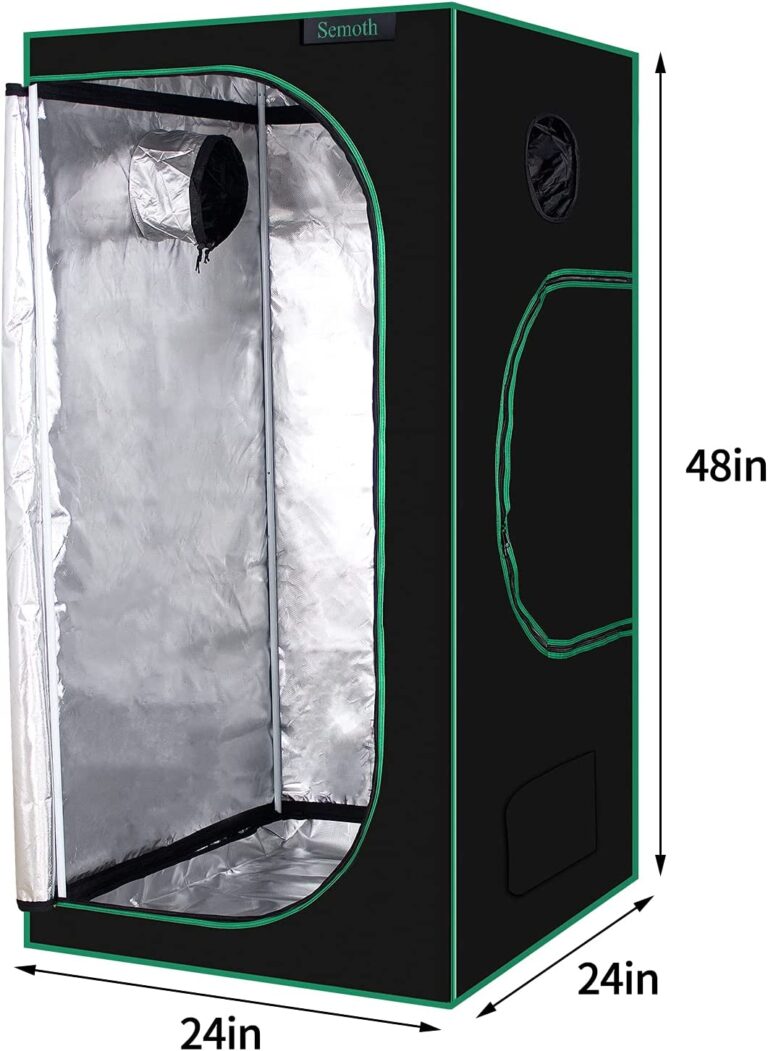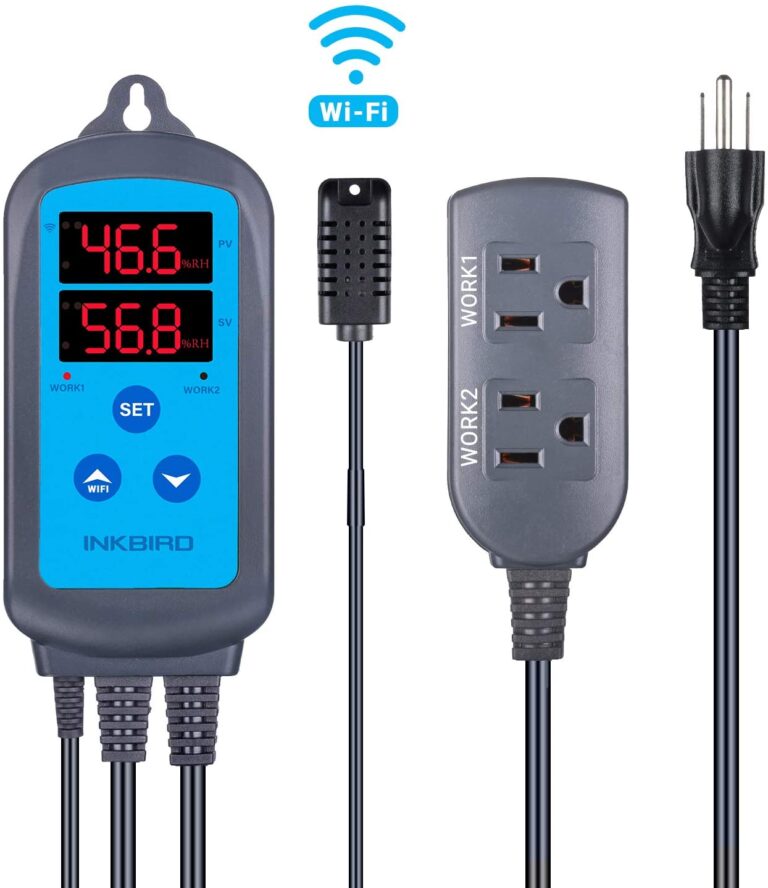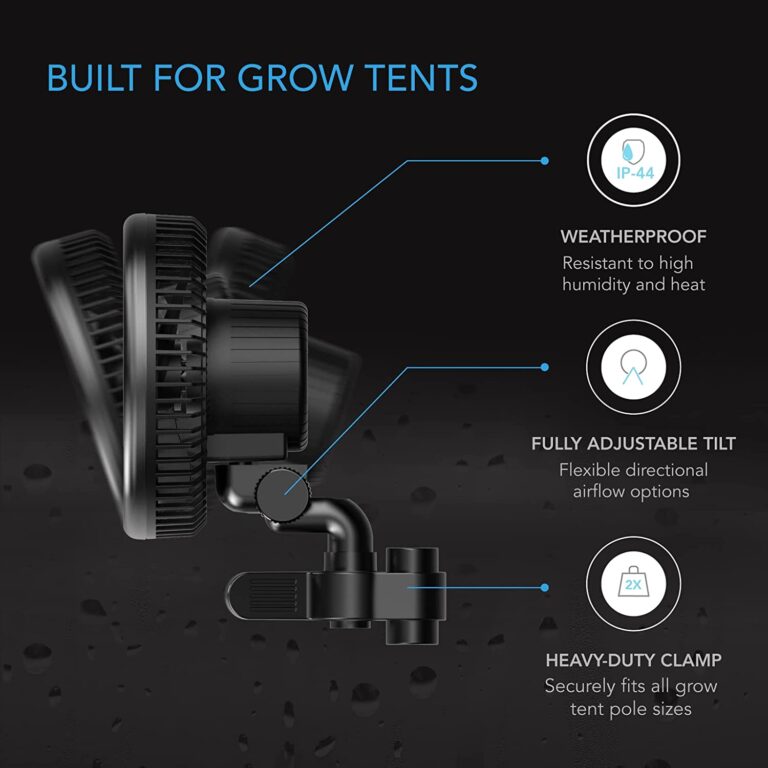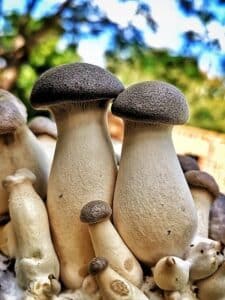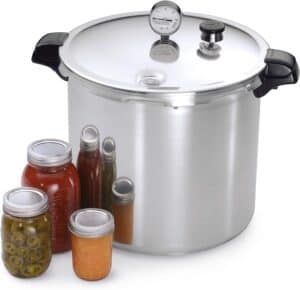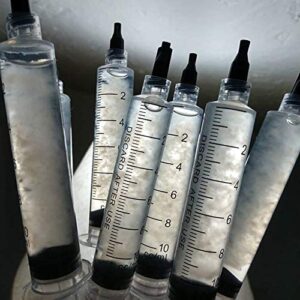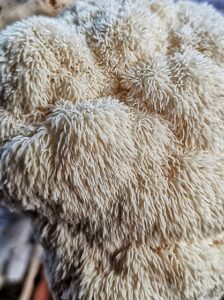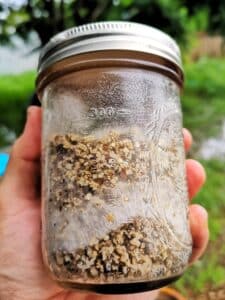Using a greenhouse is an excellent way to create a micro-climate that can be controlled to create the best possible fruiting conditions for mushroom growing. Some climates may be exceptionally dry and require the use of a greenhouse whereas other may opt for smaller and simpler options like shotgun fruiting chambers.
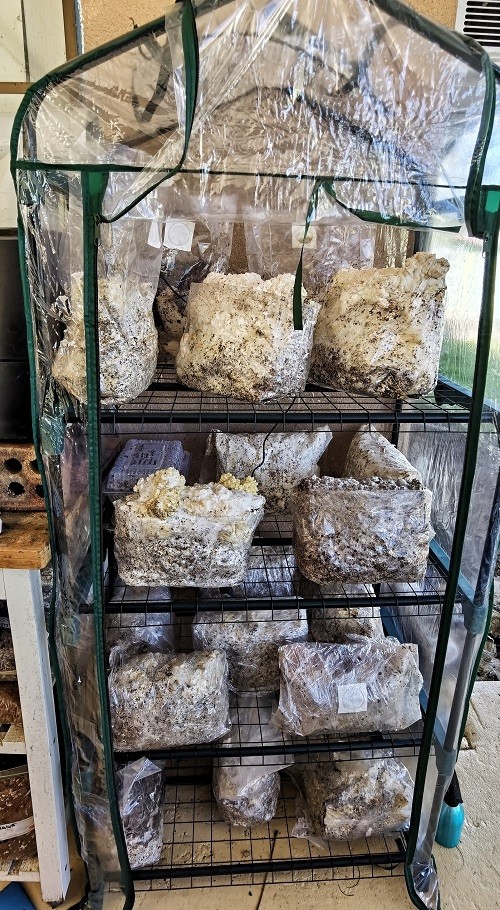
What Is A Martha?
A martha is a term often used in online mushroom growing communities to refer to a humidity chamber crafted from a mini-greenhouse and humidifier.
Mini-greenhouse style humidity chambers can be as simple or complex as desired with each component being completely optional. For best results a greenhouse will contain a humidifier, humidity controller and a fan.
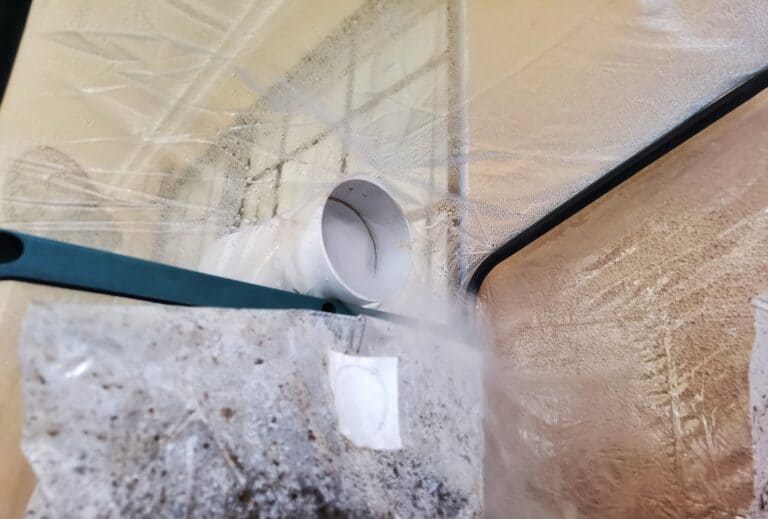
Why Use A Greenhouse?
Using a mini-greenhouse is the perfect upgrade for those who are interested in fruiting multiple kits at once while delivering more consistent results than a shotgun fruiting chamber.
A mini-greenhouse is semi-automated so that the climate can be controlled in terms of humidity and fresh air exchange without needing constant attention. This ensures that the mushrooms produced are consistent in quality and yield.
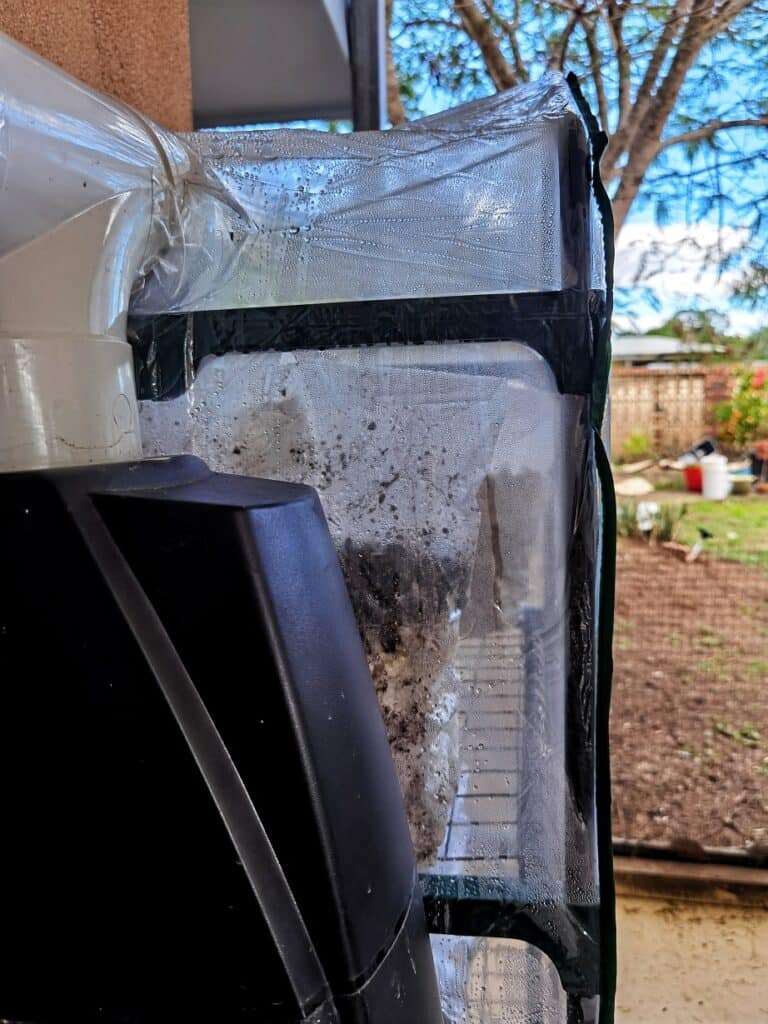
Greenhouse Fruiting Chambers
Managing Humidity
Ideally humidity will be increased by the use of a humidifier. We have used a 6 L humidifier due to its vapour output and large reservoir. The humidifier should be used in conjunction with a humidity controller for best results.
It’s common within the mushroom growing community to create a humidifier using ultrasonic pond fogging discs in the event that more humidity is required.
In some circumstances humidity can be increased by frequent misting on the inner walls, as these droplets evaporate humidity will increase.
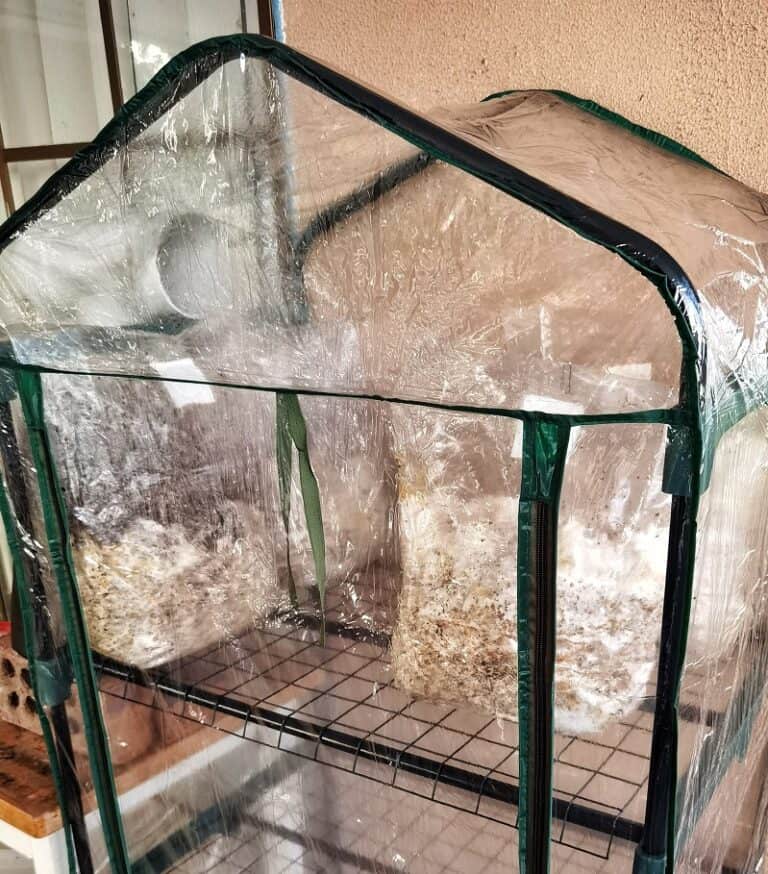
Using A Spray Bottle
Spray bottles are a cheap and effective method to increase the humidity when growing smaller amounts of mushrooms. Spray bottles can generate droplets that stick to surfaces and increase humidity through evaporation.
The spray bottle should be used indirectly by spraying near or around the developing mushrooms or the interior walls of the fruiting chamber if applicable. Directly spraying the fruits too much may increase the chances of it forming contamination.
Using A Humidity Controller
We’re using an Inkbird humidity controller in our mini-greenhouse. This is connected between the household power and the humidifier using the included dual power point.
The humidity controller contains a sensor on a long cable which is fed into the lower third of the greenhouse to measure humidity. We have set the humidity controller parameters to 80 – 85%rH. This will turn off the humidity controller once it reaches 85%, therefore reducing the frequency of which the humidifier tank needs to be refilled. In addition this will prevent humidity from being too high and causing problems like bacterial blotch.
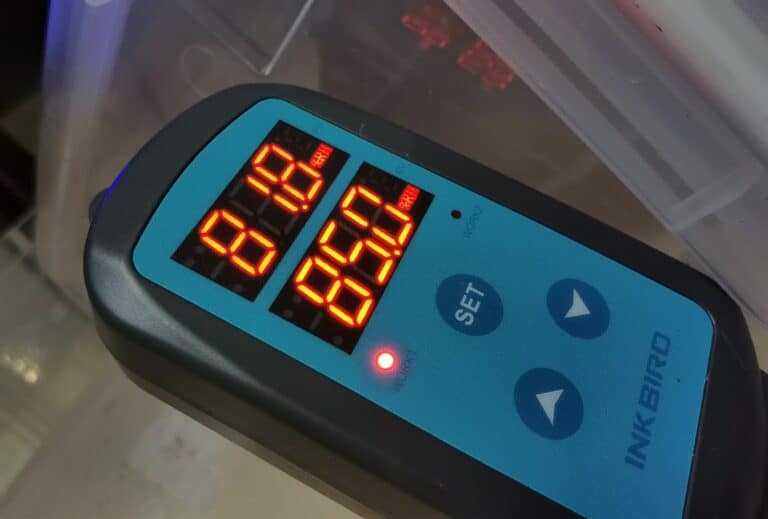
Buying A Humidity Controller
Fresh Air Exchange
It’s important to understand that mushrooms require fresh air rather than oxygen. Mushrooms exhale carbon dioxide as they metabolise, this CO2 will pool around the mycelium if there is poor ventilation.
In a high CO2 environment the mycelium may not produce fruits or the fruits may grow, long and lanky as they stretch in search of lower concentrations of CO2.
Most mushrooms will require fresh air in order to produce large, healthy, aesthetically appealing fruits, with some exceptions such as the king oyster and enoki mushroom. This is achieved by using a small fan like a pram fan or USB computer cooling fan to introduce and move air within the chamber.
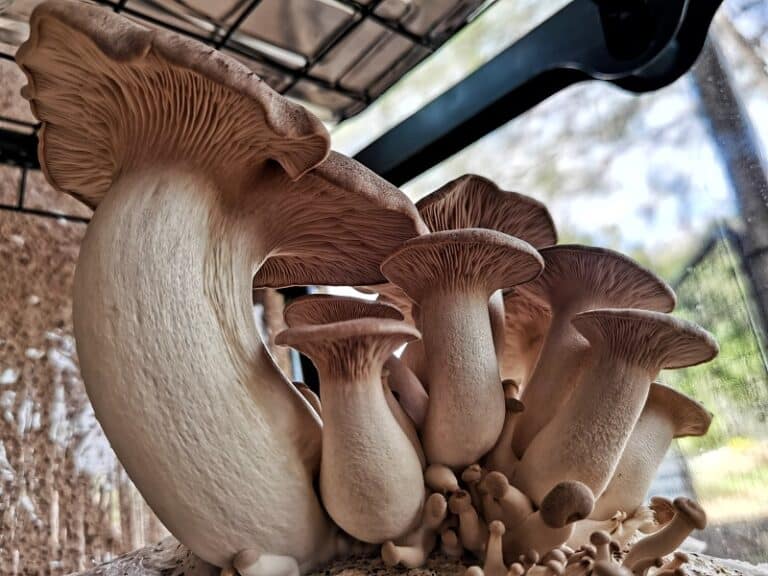
Fans For Fruiting Chambers
Putting It All Together
Place the humidifier, fan & controller outside the greenhouse to avoid the electrical components from succumbing to eventual damage due to the high levels of humidity.
The greenhouse, humidifier and fan can be connected using ducting, however we have used a 100 mm T-shape PVC pipe joint to connect the three components. A cross shape will need to be cut into the greenhouse to push through the PVC pipe which will sit on top of the humidifier.
The 3rd and remaining opening of the T-shape PVC pipe is aligned with the USB fan which will guide the flow of water vapour into the greenhouse.
The fan runs 24 hours a day to ensure the constant flow of fresh air into the grow chamber. The speed of the fan may be increased as more grow kits are placed in the chamber.
Finally the humidifier is plugged into the humidity controller with the sensor cable running back through the PVC pipe joint into the lower third of the greenhouse. This will switch on each time humidity drops below 80%, or as designated.
The steps and actual components required may vary depending on what is available for use. This is intended to be a general guide on setting up a semi-automated fruiting chamber.
